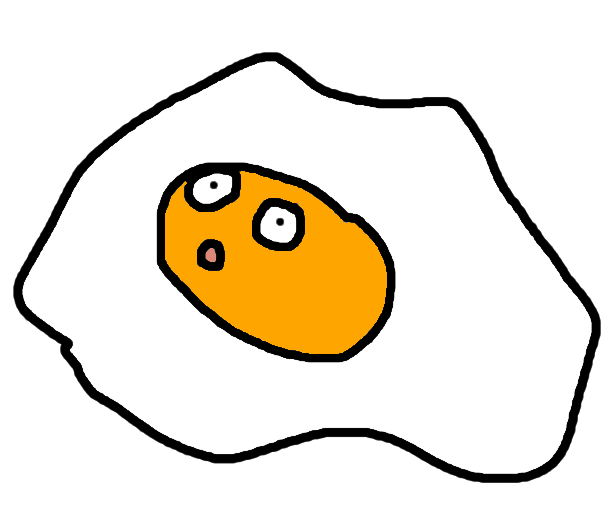Palm Glider
Palm gliders are small mammals from the coastlines of the Unuth Red Desert on Osao. They are one of few sociable feline species, living in groups of around fifteen. Palm gliders, as implied by the name, have the ability to glide thanks to large patagia.
Anatomy

Palm gliders are small felines, no more than half a metre in length. They are agile and frequently climb trees. In the coastlines they inhabit, the climb and nest in large palm trees in groups of around fifteen.
They have a brown/orange colouration; males are a dark orange while females are a lighter brown. They have large patagia, skin membranes between their arms and legs that enable them to glide short distances. Palm gliders climb to the tops of palm trees and jump off, gliding to others up to forty metres away. A small black band of fur sits around their eyes to keep sunlight from blinding them.
A nocturnal species, palm gliders sleep in the canopies of palm trees during the day. They hang from the thick leaves using their tails, with their arms and legs outstretched to cool themselves down. At night-times, their eyes glow a bright pink-white, distracting anybody looking in their direction.
Diet
Palm gliders are omnivorous and opportunistic hunters. Much of their diet consists of small crustaceans such as crabs, ripping them apart with their stubby hands and long claws. Their retractable claws are used to grip the surface of palm trees and other flat surfaces.
Fish and other coastal creatures are frequently consumed, while seaweed is chewed for extra nutrients. Fruits are occasionally eaten; coconuts are occasionally cut down and smashed on rocks, to get at the meat and water inside.
Mind your head, Dave. These coconuts drop off the trees sometimes. Pieces of you will go flying, and lemme tell you - trying to collect all of your body parts between the boulders is really annoying. And then the sand gets in you, and you're just uncomfortable for the next week until your body has absorbed all of it.
Behaviour
Palm gliders are a very sociable species. One of few felines to form groups, a group of palm gliders is known as a furball. Furballs have the same structure and hierarchy as a pride of lions. They are inquisitive animals that will approach slimes and urban areas.
Be wary about approaching an entire furball of palm gliders, especially during summer times. Adults are incredibly defensive when juveniles are about, regardless of who the parents are. The entire furball make sure that juveniles and babies are protected and given what they need to grow up into adults. When a furball have babies and juveniles, most will remain in the canopies of a palm tree to protect them, while other palm gliders search for enough food for the entire group.








Comments